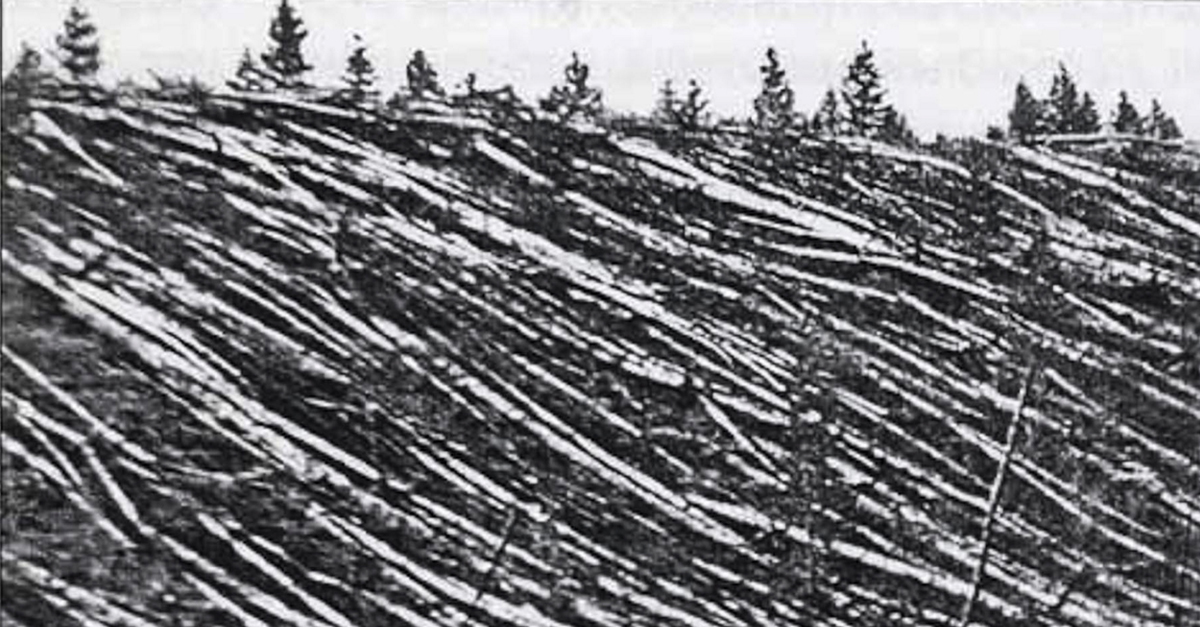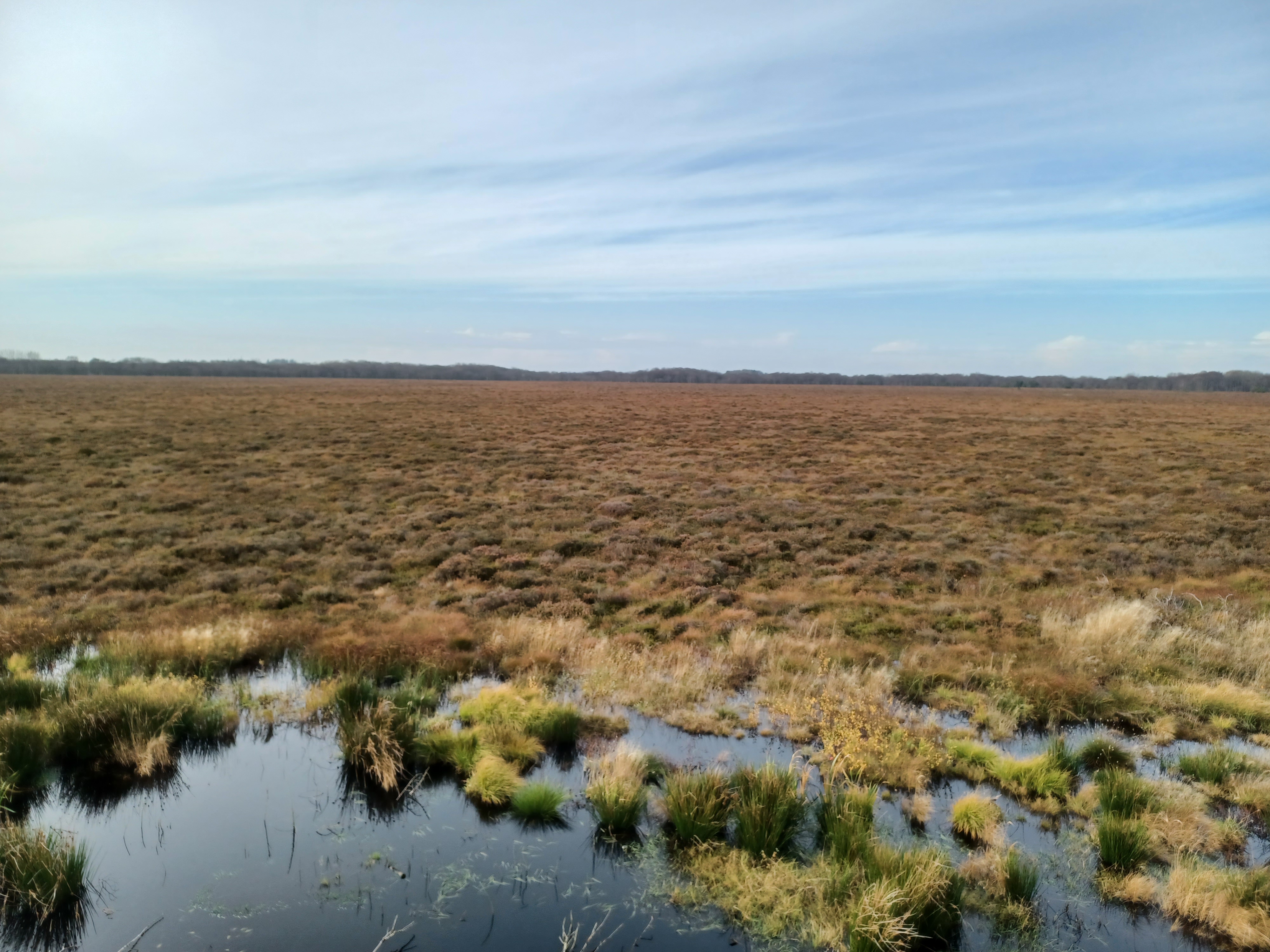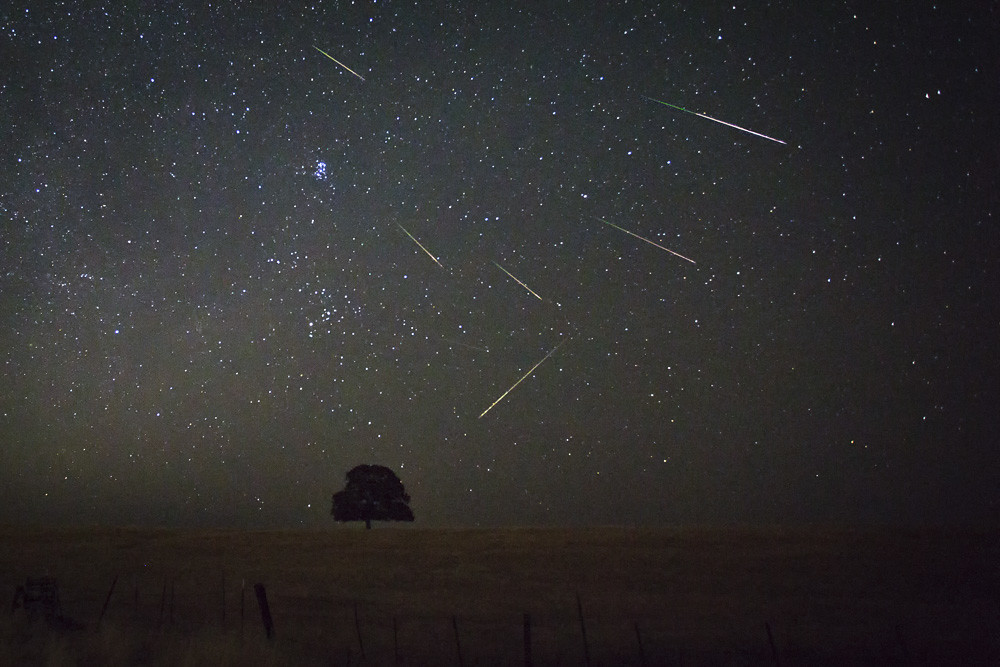The Tunguska Event
Over the billions of years that the Earth has existed, there have been innumerable impacts from asteroids or comets. The dinosaurs are thought to have died out due to a massive impact. But there weren't any people around to study it.
The largest impact in recorded history took place in Russia: The Tunguska Event. But even today, researchers argue over what exactly happened that day over the Russian wilderness.
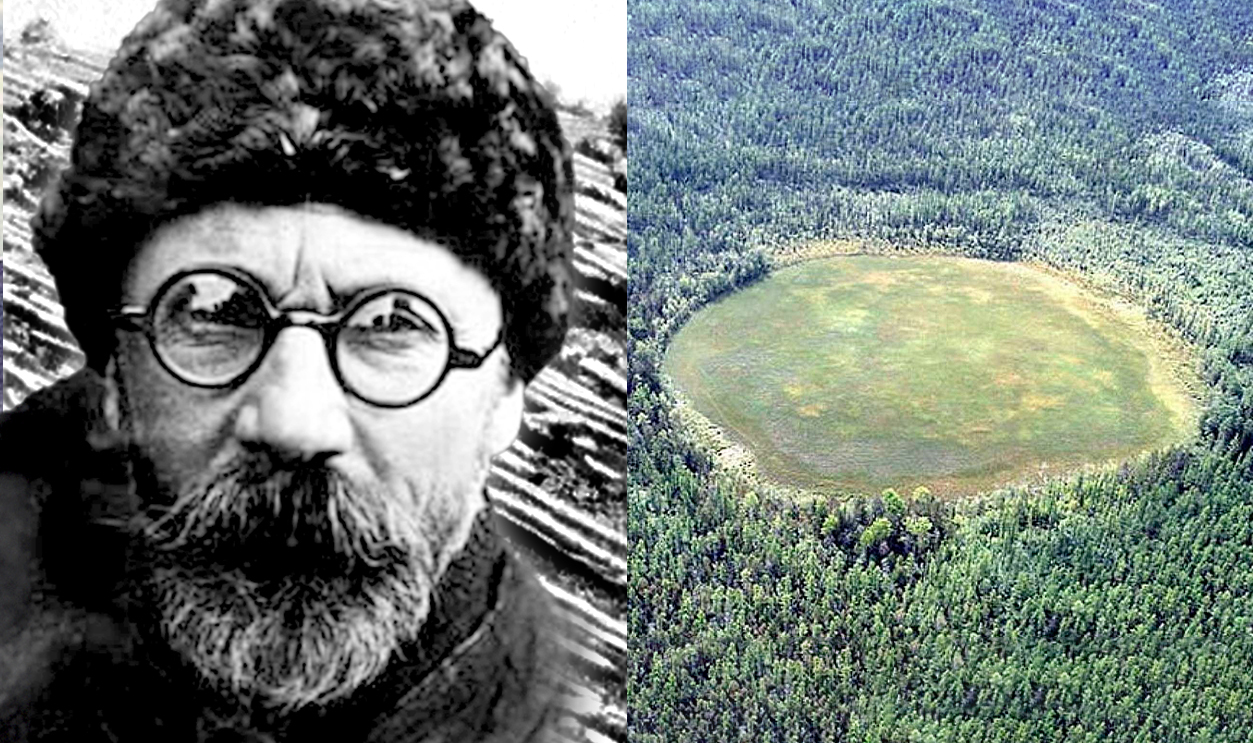
What Was It?
The Tunguska Event was a huge explosion in Siberia in June 1908. It is, to date, the largest recorded extraterrestrial impact event in recorded history. The size of the explosion could have wiped out a major metropolitan area.
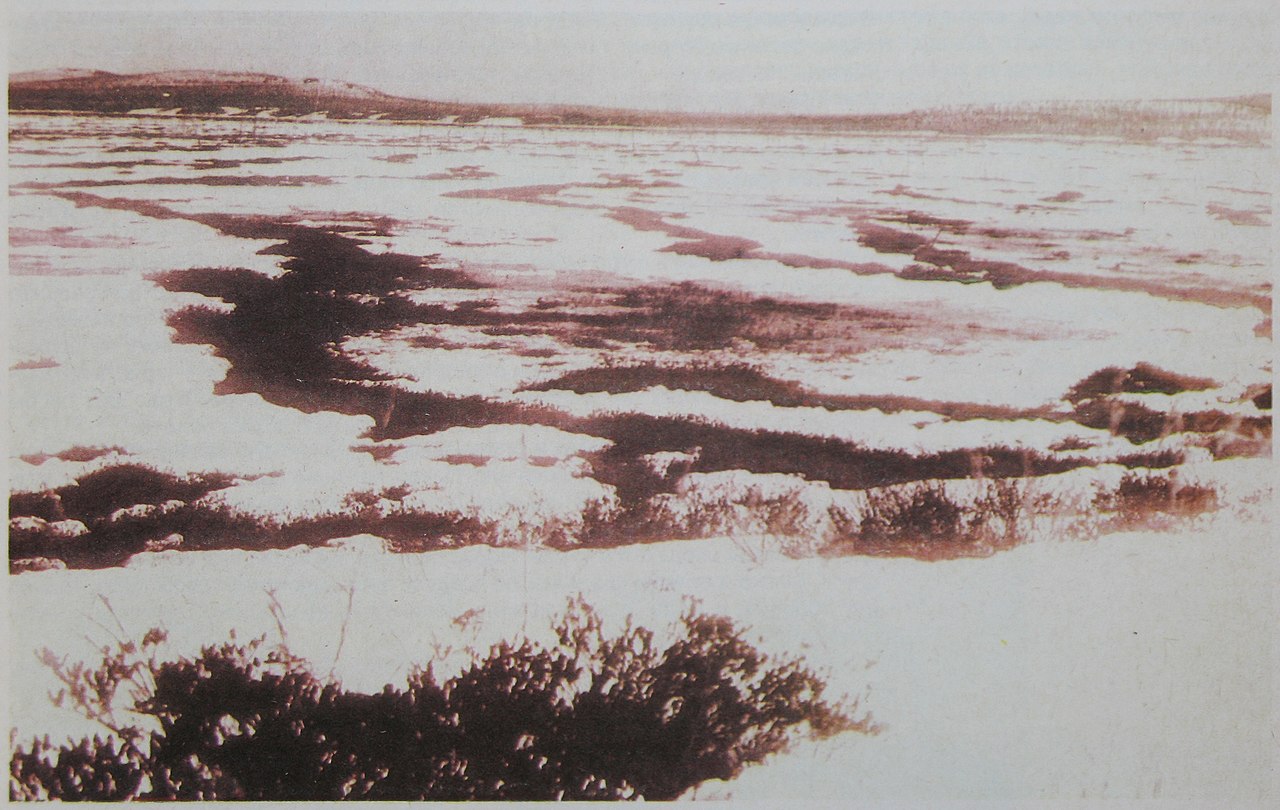 Vokrug Sveta, Wikimedia Commons
Vokrug Sveta, Wikimedia Commons
Where Did It happen?
The event took place in the former Yeniseysk Governorate. The event is named for the nearby Podkamennaya Tunguska River. The area was mostly sparsely populated Siberian taiga and fortunately miles from significant population centers.
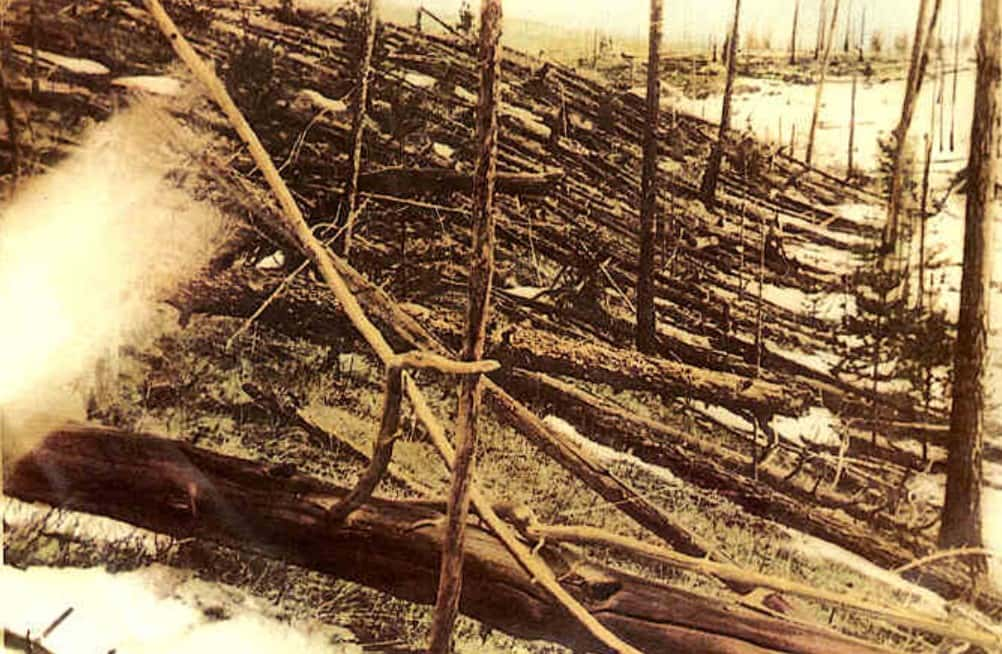 Leonid Kulik, Wikimedia Commons
Leonid Kulik, Wikimedia Commons
What Hit Us?
There has always been some disagreement between scientists about the cause of the explosion. Most believe it to have been an asteroid or comet impacting high up in the atmosphere over the area.
 John Flannery, CC BY-SA 2.0, Wikimedia Commons
John Flannery, CC BY-SA 2.0, Wikimedia Commons
The Torino Scale
The Torino Scale is used to measure the impact of collisions and near-collisions between the Earth and extraterrestrial bodies. The Tunguska event rated an 8 out of 10 on the scale, a certain collision with destructive potential. An 8 on the scale is thought to occur once every several thousand years.
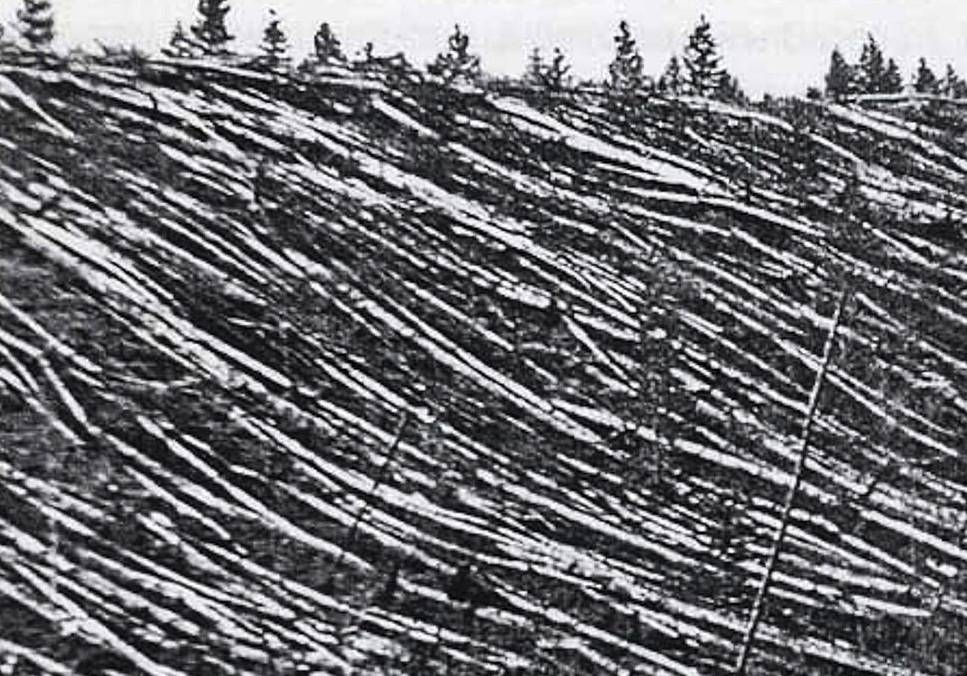 Universal History Archive, Getty Images
Universal History Archive, Getty Images
Massive Devastation
Estimates place the area of the destruction around 830 square miles. It is thought that over 80 million trees were destroyed by the blast, though some were left standing with their branches and foliage stripped away.
Eyewitnesses: S. Semenov
In 1930, a witness to the explosion gave his description to Russian mineralogist Leonid Kulik. He described the “sky split[ting] in two and fire appear[ing] high and wide over the forest”. Semenov described heat so intense he thought he was burning, and wind that left ruts in the ground it rushed over.
Eyewitnesses: Chuchan
Chuchan of the Shanyagir tribe offered a testimony in 1926. He describes a feeling of being shoved just before the hut he and his brother were in collapsed. Chuchan said that “it became mighty bright…as if there was a second sun”. Waves of wind and thunder destroyed the forest around him.
Sibir Newspaper
An early newspaper report on the Tunguska event described a “bluish-white heavenly body, which for 10 minutes moved downwards”. Buildings in the north Karelinski village shook, and sounds like artillery barrages could be heard.
Siberian Life Newspaper
Siberian Life newspaper was brief in its description, but was clear on the falling object being a meteorite. It, too, reported strong earth tremors and loud booms that echoed across the landscape.
 Defense Visual Information Distribution Service, Picryl
Defense Visual Information Distribution Service, Picryl
Vecherniy Krasnoyarsk Newspaper
Like some other reports, Vecherniy Krasnoyarsk newspaper reported a number of booms or “thumps” accompanying the event. This newspaper also commented on “an unusual underground rattle” that followed the thumps, like “dozens of trains” on a railway all at once.
Investigations
The Tunguska region is quite remote, and the event took place in a time when technology for measuring such an event was in its infancy. It is estimated that over 1,000 academic papers have been published on the event since 1908.
 Turuchansker Polarexpedition, Picryl
Turuchansker Polarexpedition, Picryl
The First Expedition
The first survey of the damaged area took place in 1921. Soviet mineralogist Leonid Kulik led an expedition that gathered numerous local accounts of the event, though they never visited the actual site. Kulik believed the event was caused by a meteor, and asked the Russian government to fund a second expedition.
The Second Expedition
In 1927, Kulik led a second expedition to the blast site itself. Rather than the crater they expected, the expedition found an area five miles across full of scorched, but still upright, trees.
The Butterfly
Further expeditions to the site, including some aerial surveys, concluded that the blast site covered approximately 830 square miles. From above, the shape of the blast resembled a butterfly with its wings spread out.
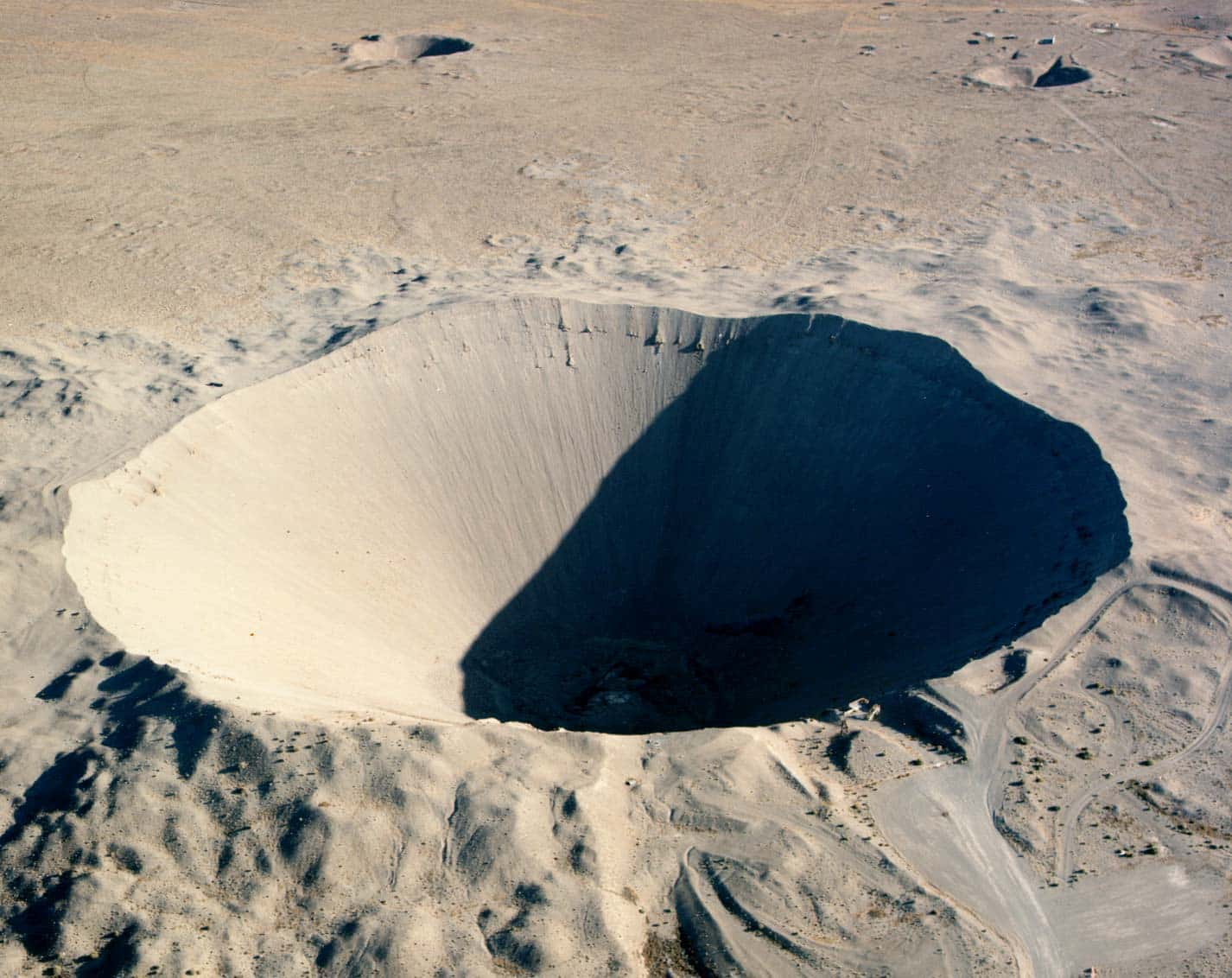 Federal Government of the United States, Wikimedia Commons
Federal Government of the United States, Wikimedia Commons
Aerial Surveys
One of the first aerial surveys of the area took place in 1938. Photographs were taken of the central 250 square miles of the blast site. Approximately 1,500 pictures were taken to assist in understanding what had happened in the area.
Chemical Analyses
Expeditions to the area performed numerous chemical analyses, hoping to determine the content of the meteorite. By examining metallic compounds in the blast area and comparing this to levels of the same metals in the surrounding area, scientists concluded that the impact must have been extraterrestrial in origin.
The Peat Bogs
Peat bogs are marshy areas composed of chemicals that are very good for preserving organic and non-organic materials. Studies of the bogs in the area also pointed to extraterrestrial levels of radiation, and some fragmentary micro-samples of the original meteor have been recovered from them.
The Impact Model
Given eyewitness descriptions, the lack of a crater, and the way the trees in the area were affected, the Tunguska impact was not simply a large rock colliding with the Earth. Numerous theories, based on the original data, point to a different kind of impact.
Meteor Air Burst
The leading theory for the Tunguska Event is a meteor bursting between four and six miles above the surface of the Earth. Due to the speed at which a meteor hits the atmosphere, most burn up or, like the Tunguska impact, explode as the pressure of the air against the asteroid surface increases.
An Everyday Occurrence
Objects from space enter our atmosphere every day. Most burn up harmlessly without causing any spectacle, and some survive and impact, leaving small craters and smaller remnants.
Routine Nuclear Bursts
Due to improvements in our ability to monitor the upper atmosphere, we’re now aware that large-scale explosions of meteors happen fairly often. Estimates suggest that at least one 20-kiloton event happens every year, though Tunguska-sized events happen about once very 300 years.
Glancing Impact
Computer modeling in the 21st century has shown that Tunguska was likely a “glancing impact”. The meteor would have hit Earth’s atmosphere at an angle, causing a huge release of energy before bouncing off and back into space.
 Collection - Space Art, Picryl
Collection - Space Art, Picryl
High Speed Impact
One reason proposed for why there is no impact crater is that the object disintegrated in mid-air. The reason for this is that the asteroid is thought to have been travelling a staggering 60,000 miles per hour. The friction caused by this speed likely initiated the high altitude air burst.
The Blast Pattern
The still-standing trees near the center of the event are consistent with a downward moving blast wave from an air burst. As the wave hits the ground and levels out, it begins moving horizontally and knocks over trees further away from the center of the blast.
Asteroid or Comet?
As little evidence of the impacting body itself has been recovered, there are still questions over what exactly it was that impacted in the Tunguska region in 1908. A 1930 paper by a British meteorologist suggested that the impact may have been a small comet whose ice would have vaporised and left not traces in the area.
 JochenK2002, CC BY 4.0Wikimedia Commons
JochenK2002, CC BY 4.0Wikimedia Commons
The Glowing Skies
Another aspect of the event that many witnesses reported was strange glows in the skies afterward. One explanation for this phenomena would be the dispersal of ice and dust from a comet’s tail in the upper atmosphere just before the impact.
 Hubble ESA, CC BY 2.0, Wikimedia Commons
Hubble ESA, CC BY 2.0, Wikimedia Commons
The Missing Crater
If an asteroid had impacted the Earth, one would expect there to be an impact crater. The lack of one is seen by some as evidence of a cometary impact. Others suggest that the angle at which the object hit the atmosphere was sufficient to cause an asteroid to disintegrate and explode, causing both the devastation and the eerie glows in the sky.
Help from the Trees
Decades after the impact, scientists were able to extract resin from the cores of trees in the area. Particles discovered in these extractions pointed to the impact being an asteroid, rather than a comet, due to higher levels of material found in rocky asteroids.
Lake Cheko
For some time it seemed that an impact crater had indeed been discovered in the nearby Lake Cheko, which some investigators believed was created by the Tunguska Event. Although a large piece of rock that was presumed to be a remnant of the meteor was found far below the surface, later investigations proved the lake to be far older than the 1908 event.
 Klearchos Kapoutsis, CC BY 2.0, Wikimedia Commons
Klearchos Kapoutsis, CC BY 2.0, Wikimedia Commons
An Earth-Made Disaster?
Though most scientists now agree that the Tunguska event was an asteroid impact, others have suggested Earth-based causes. Astrophysicist Wolfgang Kundt suggested that the explosion may have been caused by a release of natural gas into the atmosphere that was then ignited by lightning.
 Roland Rast, CC BY-SA 4.0, Wikimedia Commons
Roland Rast, CC BY-SA 4.0, Wikimedia Commons
Volcanic Volatility
Another non-space faring cause of the event is called the “verneshot hypothesis”. This suggests that a volcanic event deep below the ground could send material into the sub-orbital layers of the atmosphere, which would then rain down in a catastrophic fashion.
 Taro Taylor, CC BY 2.0, Wikimedia Commons
Taro Taylor, CC BY 2.0, Wikimedia Commons
The Chelyabinsk Event
Evidence for the air burst theory of the Tunguska event was provided by a similar event in 2013. A small meteoric air burst occurred in the Ural district of Russia. An approximately 500 kiloton detonation caused numerous injuries due to broken glass from the explosion’s shockwave.
 Alex Alishevskikh, CC BY-SA 2.0, Wikimedia Commons
Alex Alishevskikh, CC BY-SA 2.0, Wikimedia Commons
Comparative Analysis
Using data from the Chelyabinsk event and the Tunguska event, scientists were able to come up with a much more accurate idea of what caused the 1908 event. They concluded that a 164 - 262 ft diameter asteroid hit the atmosphere and released energy equivalent to the 1980 Mount St. Helens eruption in the United States.
Tunguska In Fiction
The Tunguska Event had a significant influence on science fiction writing through the 20th century. Many authors, mostly Russian but some from other nations, used the event as inspiration for their own flights of fancy.
 Віщун, CC BY-SA 4.0, Wikimedia Commons
Віщун, CC BY-SA 4.0, Wikimedia Commons
Fictional Explanations
Aside from the air burst, the most popular fictional explanation is of an extraterrestrial spaceship exploding over the area or crashing.
Another fictional explanation of the event, offered by writer Larry Niven, is the effects of a micro black hole opening over Russia.
 Unknown Artist, Wikimedia Commons
Unknown Artist, Wikimedia Commons
Fictional Effects
The after effects of the Tunguska event have also been the subject of fiction. The television series The X-Files suggested that alien microbes were left behind by the explosion.
In addition two novels, both titled Ice, suggest that ice that formed in the region had strange properties when coming in contact with human beings.
 W.carter, CC BY-SA 4.0, Wikimedia Commons
W.carter, CC BY-SA 4.0, Wikimedia Commons
Tunguska Now
The affected part of Siberia is now known as the Tunguska Nature Reserve. It is home to much flora and fauna, and access is restricted to scientists wanting to better understand the effects of the blast and how the natural world has compensated in the more than a century since the event.
 jxandreani, CC BY 2.0, Wikimedia Commons
jxandreani, CC BY 2.0, Wikimedia Commons

